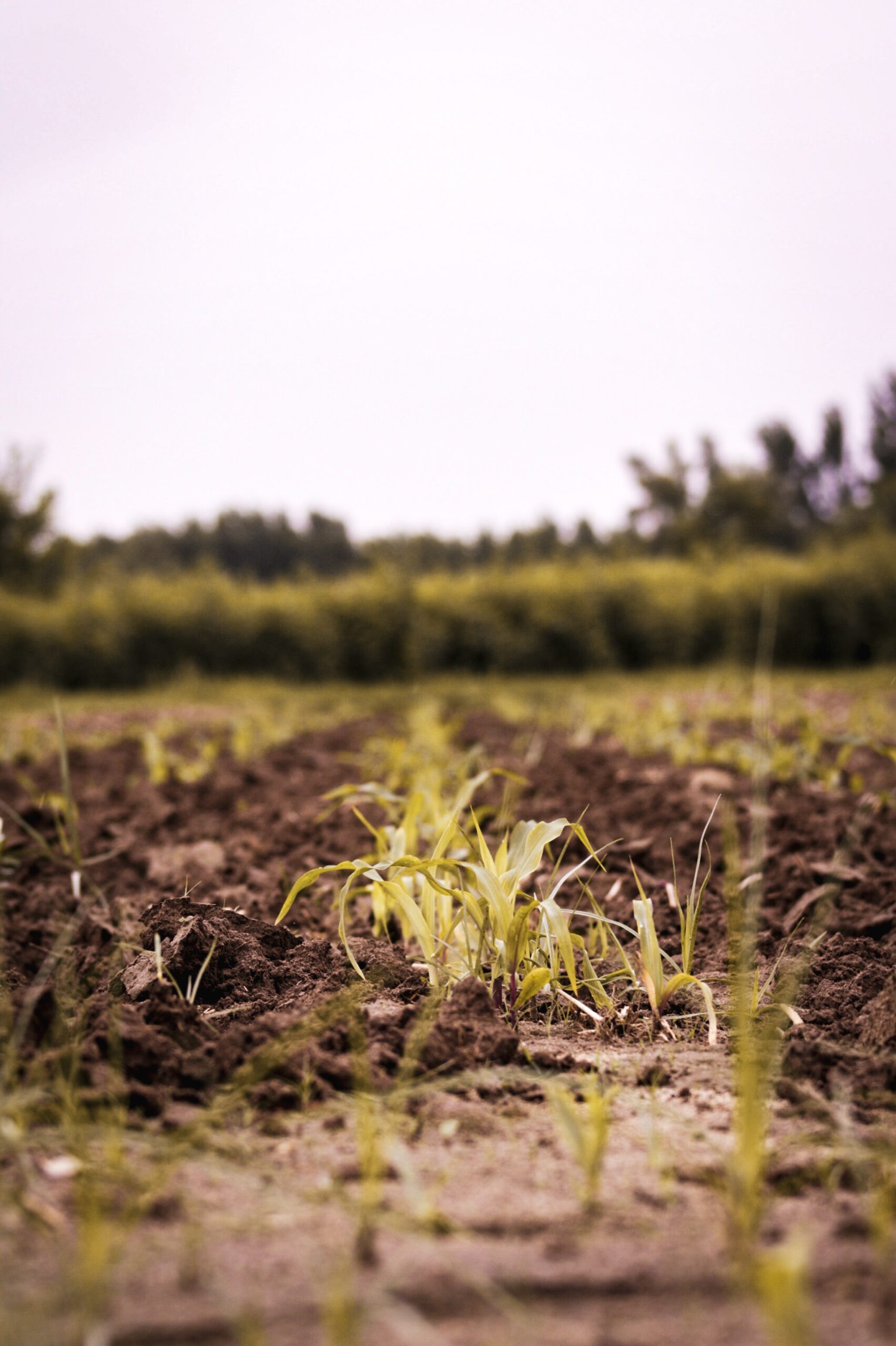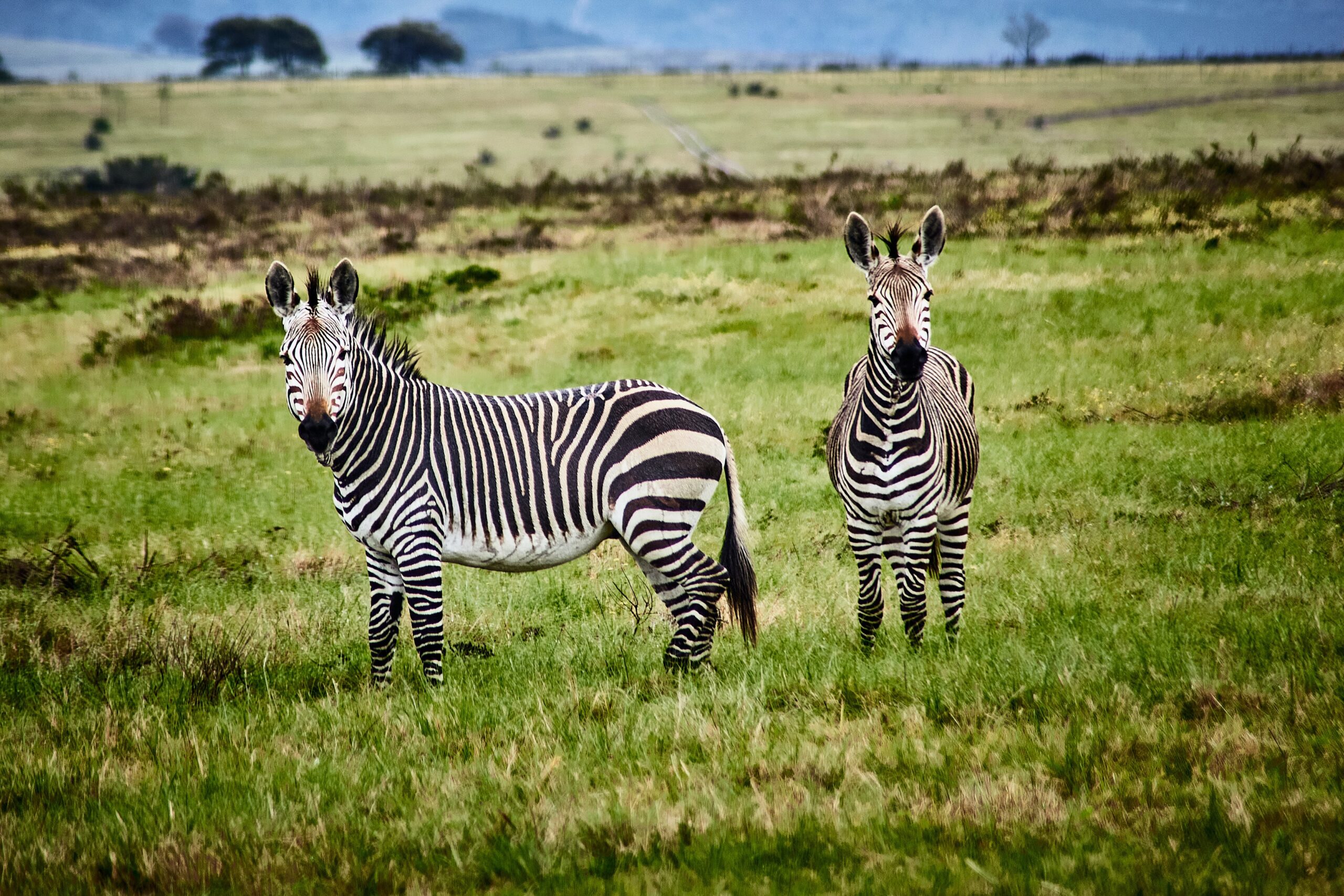Aim Despite their importance for predicting fluxes to and from terrestrial ecosystems, dynamic global vegetation models have insufficient realism because of their use of plant functional types (PFTs) with constant attributes. Based on recent advances in community ecology, we explore the merits of a traits-based vegetation model to deal with current shortcomings. Location Global. Methods A research review of current concepts and information, providing a new perspective, supported by quantitative analysis of a global traits database. Results Continuous and process-based trait–environment relations are central to a traits-based approach and allow us to directly calculate fluxes based on functional characteristics. By quantifying community assembly concepts, it is possible to predict trait values from environmental drivers, although these relations are still imperfect. Through the quantification of these relations, effects of adaptation and species replacement upon environmental changes are implicitly accounted for. Such functional links also allow direct calculation of fluxes, including those related to feedbacks through the nitrogen and water cycle. Finally, a traits-based model allows the prediction of new trait combinations and no-analog ecosystem functions projected to arise in the near future, which is not feasible in current vegetation models. A separate calculation of ecosystem fluxes and PFT occurrences in traits-based models allows for flexible vegetation classifications. Main conclusions Given the advantages described above, we argue that traits-based modeling deserves consideration (although it will not be easy) if one is to aim for better climate projections.
Going beyond limitations of plant functional types when predicting global ecosystem–atmosphere fluxes: Exploring the merits of traits‐based approaches
Year: 2011

































































































































































































































































































































































































































































































































































































































































































































































































































































































































































































































